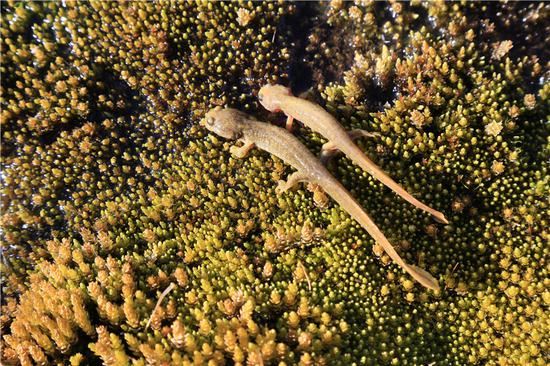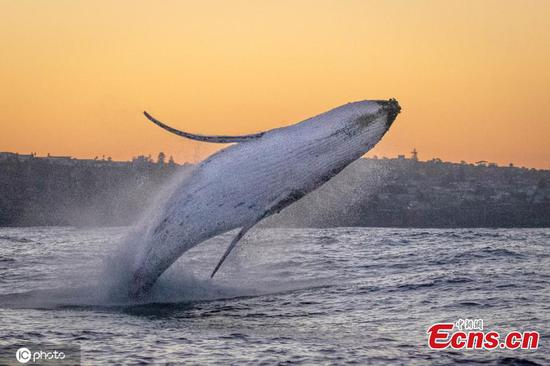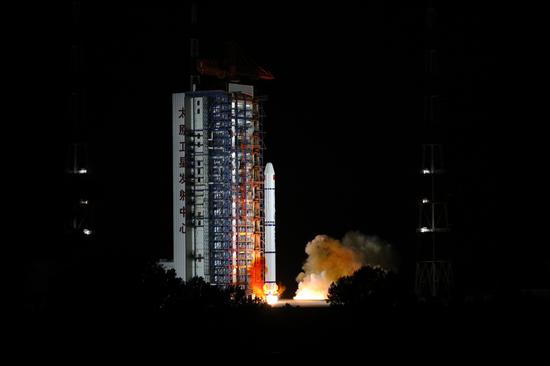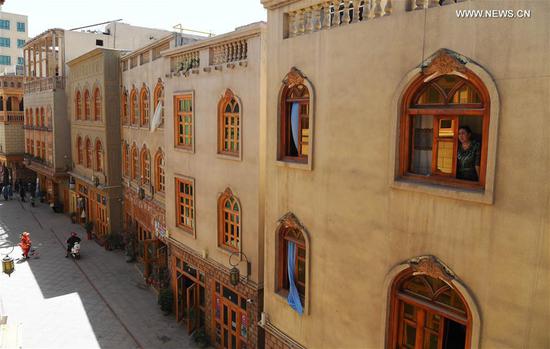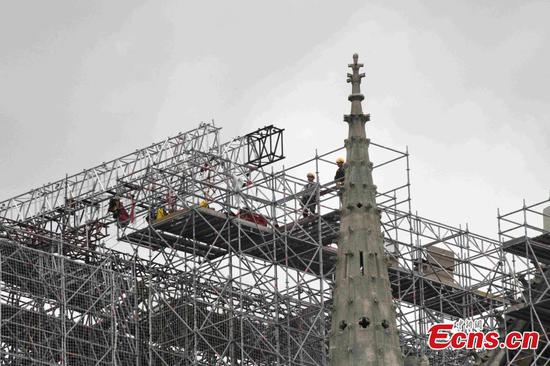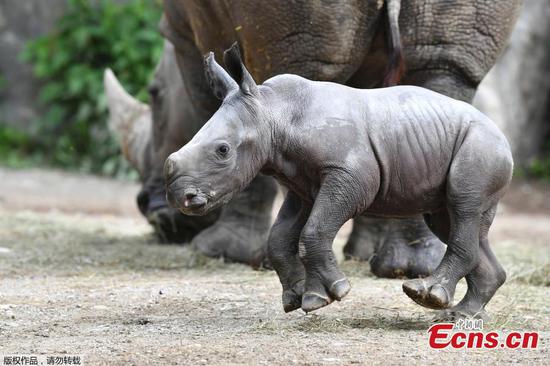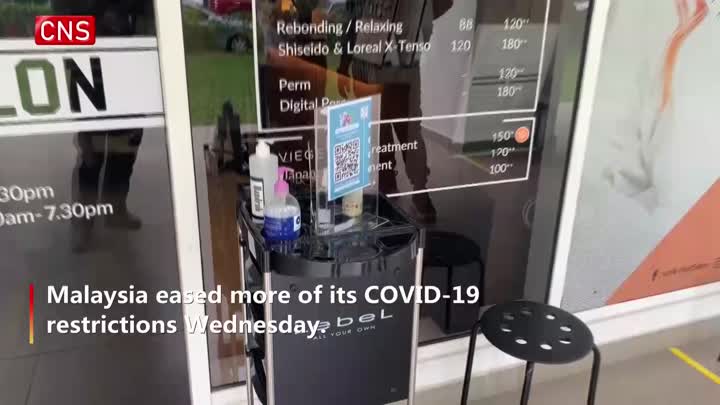U.S. private space company SpaceX successfully launched its ninth Starlink mission on Saturday, carrying 58 Starlink satellites and three of Planet's SkySats to orbit.
This mission marked SpaceX's first SmallSat Rideshare Program launch.
A Falcon 9 rocket lifted off from Space Launch Complex 40 at Cape Canaveral Air Force Station at 5:21 a.m. Eastern Time Saturday.
Following stage separation, SpaceX's Falcon 9 first stage landed on the "Of Course I Still Love You" droneship stationed in the Atlantic Ocean.
Falcon 9's first stage previously supported Dragon spacecraft's 19th and 20th resupply missions to the International Space Station.
Planet's SkySats were deployed sequentially beginning about 12 minutes after liftoff, and the Starlink satellites deployed approximately 26 minutes after liftoff.
The three new SkySats join the Planet's 15 others already in orbit, and are expected to expand the company's capacity to provide high resolution images to a variety of governmental, commercial, academic and non-profit organizations.
Starlink will deliver high-speed broadband internet to locations where access has been unreliable, expensive, or completely unavailable, according to SpaceX.
SpaceX's internet service will be available in the northern United States and Canada at some point this year, with global coverage planned for 2021.
The company planned to launch into space about 12,000 Starlink satellites by 2024, and has revealed a bigger plan to launch 30,000 additional ones, bringing the total to 42,000.
Each satellite weighs about 260 kilograms and features a compact, flat-panel design that minimizes volume, allowing for a dense launch stack to take full advantage of the launch capabilities of the Falcon 9 rocket, according to SpaceX.










